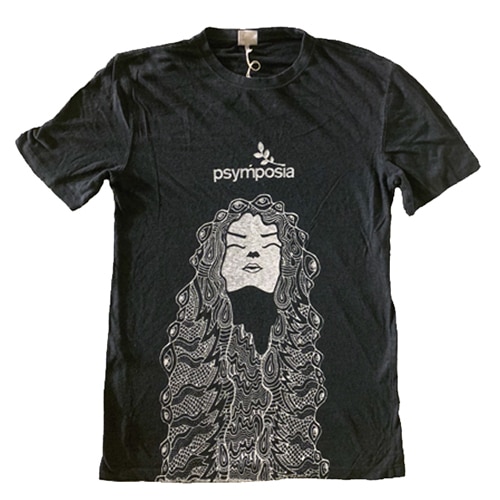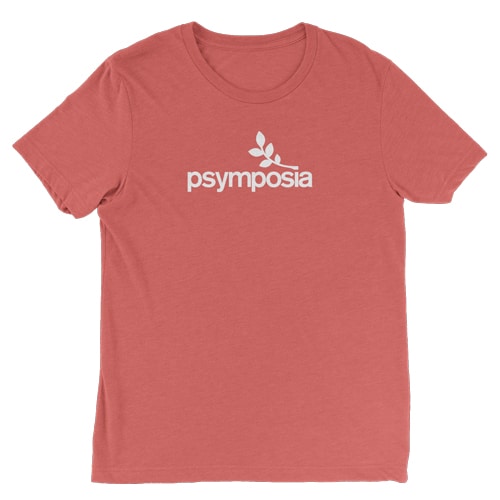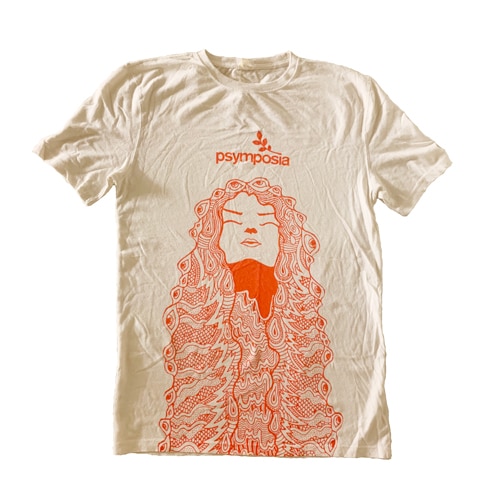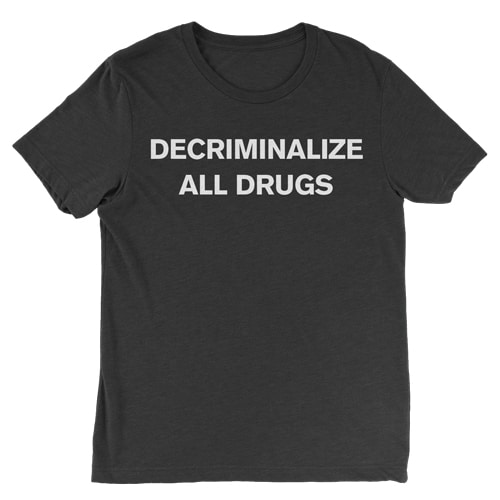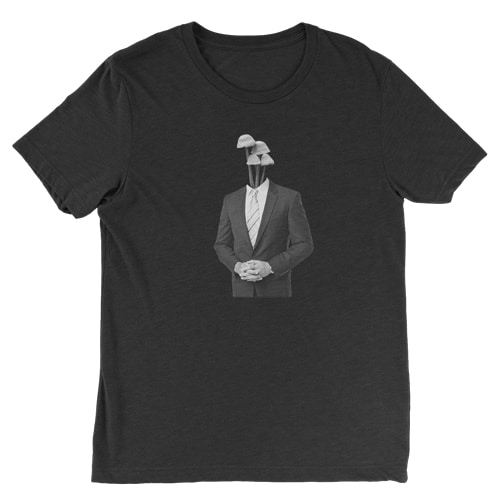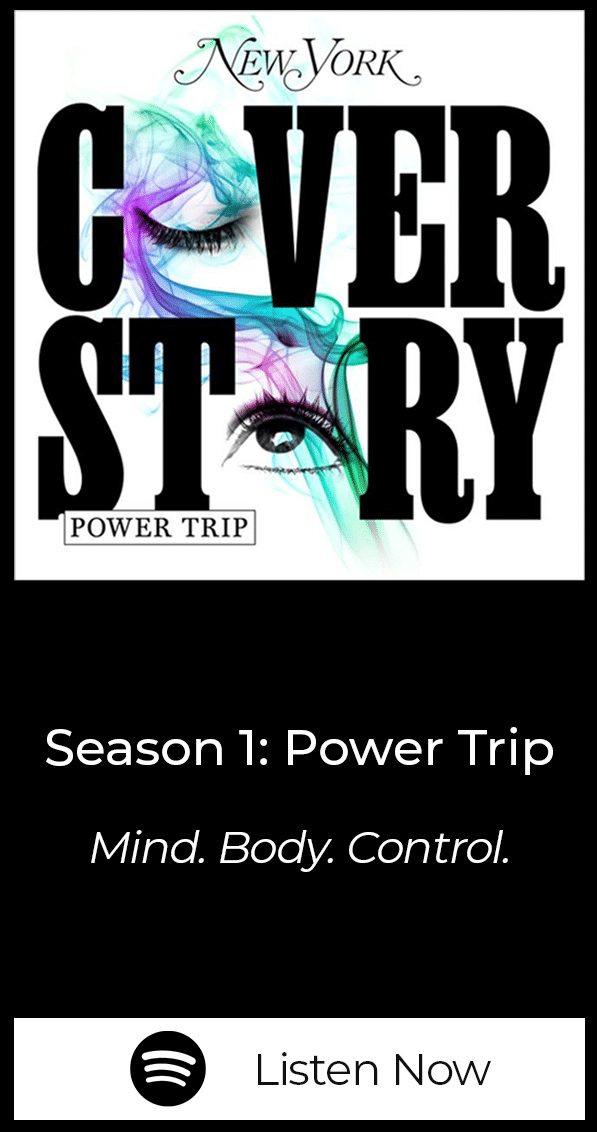I Survived Sexual Abuse In The Amazon And Victim Blame At Home
The controlled narrative goes something like this: ayahuasca is good, and we need to control how people perceive it because this is a controlled substance we want to see legalized, a medicine we want to see legitimated. And if we have to sacrifice a few women who get themselves raped to keep ayahuasca’s name clean, so be it.
Psychedelic Sisters In Arms is inspired by women who have come forward to speak their truths about the sexual violence they’ve experienced in psychedelic communities, and is indebted to the whisper network that continues to ensure the safety of the outspoken survivors to this day. Read the Series.
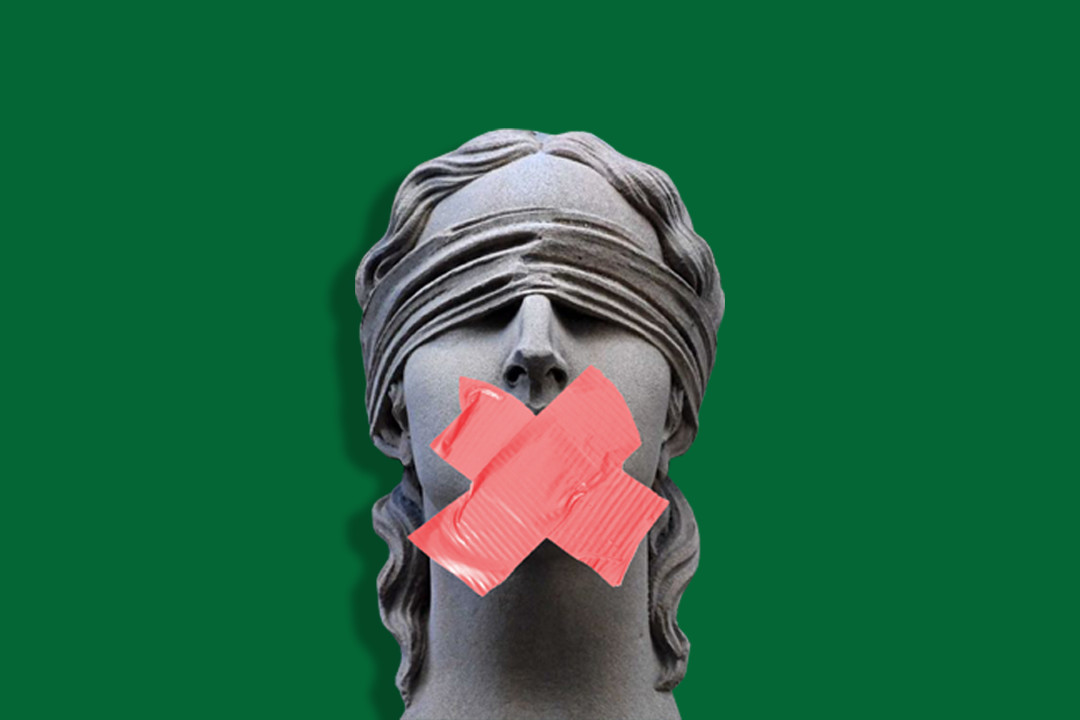
Psymposia is a 501(c)(3) nonprofit research and media organization that offers critical perspectives on drugs, politics, and culture. We rely on contributions from our readers and listeners. Your support is vital to sustaining Psymposia.
Support Psymposia’s independent journalism on Patreon and help us drive the Mystery Machine! We’re a bunch of meddling kids who are unmasking the latest shenanigans on the psychedelics beat.
Nothing can prepare a woman to read a journalist’s account of her own rape. To call it surreal is an understatement. Rachel Monroe’s handling of my story for New York Magazine (read it here), situated in a larger piece on sexual abuse in ayahuasca tourism, was exactly what I hoped it would be: understated, nuanced, to the point, accurate in fact and time-frame. She resisted sensationalism, which isn’t easy to do when the rapist in question has so many murder allegations against him. But I’m getting ahead of myself.
And anyway, who on Earth — besides the one who survived it — could possibly describe the horror of having a man writhe beside you in the dark as the world pulses and melts around you, as you begin to realize that you cannot move? Under the influence of scopolamine (brugmansia), the fear tasted green in my cotton mouth. I watched as my overwhelming doubt in this man grew quiet, how my inner thoughts came to sound like his voice while, next to me, he wouldn’t stop saying “I love you, we’re in love, this is the will of god.” I don’t even believe in god.
Nothing made sense, not his words, not his erection, not my paralysis.
It took me ten minutes to muster the strength to turn away from him that night. A pool of sweat had formed between us. I spent the next eight hours shivering, ten feet from the bed he slept in, unable to coil my fingers around my sleeping bag, unzip it, and crawl inside. From that night on, I was clay in his hands. I watched myself speak his words and do as he instructed. I couldn’t stop myself. It was like he had commandeered my will, my body, my inner life. I did as he told me to. “Get on the bed.” I’ll never forget the rage in his eyes, how his face contorted in hate. All I could feel while he was inside me was his hatred of me, how I wasn’t even human to him. He left without a word. That was the first of six rapes.
Maybe the horror is in the numbness of it all, the way he crept inside my body and twisted my mind. The thing about being brainwashed is how dream-like everything seems, how tranquil. I spent those twenty five days in a haze. He took me from myself. I was a part of him. Leaving never crossed my mind. And thank goodness for that. To this day, I believe he may have killed me if I tried to leave. To escape took surpassing my captor’s own ability to deceive.
The moment I managed to escape hinged on three factors: first, it had been a while since he had dosed me with scopolamine, so my head was not totally muddled. Second, I’d gotten an email alleging him of multiple murders: bodies cut to pieces with chainsaws, producing shrunken human heads for the black market, that sort of thing. I was afraid for my life. And when, an hour after that email, he locked eyes with me, testing the lies I’d told him in my effort to escape, I had no doubt that this man was willing to kill me. That distinct terror cleared my head enough that I could devise a plan that worked. The third thing, the x-factor, was luck.
Maybe the horror is that he did this on purpose, meticulously. He planned this. He knew exactly what he was doing. By all accounts, he’d done it before. He had a method. He changed my name. He controlled my food intake. He drugged me multiple times. He cut off my contact to the outside world. He laid a trap. And it worked. For a while, anyway.
Do you see it now? Can you begin to comprehend that kind of powerlessness?
And that’s just the beginning. The twenty five days I spent in his grasp were just the beginning. The story rode me for years after that, spurs and whip and all. And the fallout when I got home, the utter failure of the ayahuasca community to respond appropriately to me as I fought to survive, was a nightmare every bit as traumatizing as my time in the Amazon.
In the New York Magazine article, Daniela Peluso’s comments offer an exceptionally clear example of the rhetoric of victim blame I encountered every day of my recovery. I struggled against it as I fought to bring light to sexual violence (and abuses of power more broadly) within the global culture around ayahuasca. Her words betray the conviction that women get themselves raped by extension of their naïveté. Her rhetoric suggests that women should know better, they should look past their cultural expectations — they should keep themselves safe. This is woman blame — undiluted, straight up, chased with a caveat about being feminist and not blaming victims that lingers with the taste of rotten lime.
The real responsibility lies not with women to keep themselves safe, but with shamans to stop raping.
And to move in that direction, to actually work to keep women safe, we need to consider who controls the narrative about ayahuasca. Members of the global research community have circled the wagon. They have used academic rhetoric to build a wall against critique and criticism, silencing those who seek to draw attention to the proliferation of sexual violence in their midst. Such acts depict scholarship at its worst: using big words and impressive credentials to shut people out of the conversation and bury the issue.
The controlled narrative goes something like this: ayahuasca is good, and we need to control how people perceive it because this is a controlled substance we want to see legalized, a medicine we want to see legitimated. And if we have to sacrifice a few women who get themselves raped to keep ayahuasca’s name clean, so be it. Efforts to raise the issue of sexual violence in a meaningful way, to bring people to the table and begin to create solutions, have been attacked and bullied into submission and silence. Anyone who watched the rise and fall of the Ethnobotanical Stewardship Council can attest to that.
When I’m not doing research, I teach sexual violence resistance to university women. The program’s developer pulls no punches on this: resistance is not prevention. Prevention targets those who commit rape (mostly men, according to decades of peer-reviewed research). Resistance is a strategy that reduces, but does not eliminate, rape. But the first step in resistance is identifying that there is a problem, that rape happens, that it can happen to anyone. It’s one piece of the puzzle in addressing the problem, but it’s by no means the only piece.
In the case of ayahuasca tourism, efforts to address the issue, including fostering women’s resistance (“keeping themselves safe”) are continuously stymied and silenced. And the people who silence those efforts keep coming back with the same nonsense: women are responsible for their own safety (victim blame), it doesn’t happen that much (minimization of the problem), it’s not a big deal (minimization of its impact), we need to protect the name of ayahuasca (self-interest). In other words: “ladies, keep yourselves safe, but we aren’t going to actually give you any information that might help you do so, and we aren’t going to out abusers, or take any other preventative measures, either.” This kind of nonsense, like abuses of power and sexual violence, is not limited to the ayahuasca community. But it’s the example I have to work with. And to borrow from Anne Lamott, if people want me to talk about them more kindly, they should have behaved better.
Which leads me to my point. The responsibility for addressing this issue lies in the hands of the wider community. When I was in recovery, people often told me that I was in a position to find a solution, to create change, to keep other women safe. But it’s ridiculous to tell a person in a sinking boat that they are now perfectly poised to save others from drowning. It is not a victim’s responsibility to find solutions. It’s a victim’s responsibility to take care of herself, to try and survive on her own terms. And the role of the community is to step up to the bat, start meaningful dialogues, and try to combat the issue together.
My relationship to the ayahuasca community was always as an outsider. As a young researcher fascinated by marginalized spiritual communities, it was a compelling field. As a survivor, I stepped into the community to try and bring attention to an issue I was forced to grapple with. Since the subculture around ayahuasca claims to be progressive and self-reflective, I thought this community might be ready to lead the way in handling the age old problem of sexual abuse (and abuse of power) by spiritual leaders. I was wrong.
All I wanted, in the most treacherous phases of my recovery, was for people who care about ayahuasca to say “this isn’t your problem to fix, it’s our problem. We’re going to do something about it. And when you’re ready to give us input, we’ll listen.”
Within that conversation, the input of survivors is vital: we have valuable knowledge, insight, and guidance regarding sexual violence resistance, prevention, and response. But we are not obligated to stand on the front lines of the struggle. Communities everywhere have to work together on this issue — church communities, schools and universities, professional networks. Anywhere there is power to be abused and potential victims to be exploited, people need to work together to stop sexual violence, and to react appropriately when the unthinkable happens. Survivors need support, not pressure to find the solution or recover in a tidy way that makes everyone else in the community feel comfortable.
What’s more, we victims are the only ones with the authority to tell our community if their response to us in the aftermath of rape has been appropriate and helpful. In my case, with the exception of very few individuals, it wasn’t. And for it to improve, I’d suggest engaging the writings of feminists like Rebecca Stringer and Nicola Gavey. Our culture’s handling of victims places the onus of responsibility on individuals to prevent victimization, rather than looking at complex cultural and social factors that foster the proliferation of sexual violence. What’s more, the onus isn’t just on would-be victims to protect themselves, but to rise above: not just to survive, but to turn their personal hell into the best thing that ever happened to them. Maybe it changed their outlook on life and now they can write a step-by-step guide to survival that makes them a boatload of cash. It’s balderdash, codswallop, bullshit.
Don’t get me wrong. These stories need to be told. But we need to think carefully about how they are framed.
Communities, and the individuals that constitute them, need to educate themselves about victim-blame. Working with survivors can be a minefield, and even people with the best intentions can say the wrong things when they aren’t sensitive to the dangers of the territory. That level of sensitivity takes work. That works begins in communities.
And let’s be clear, grammatically speaking. It’s not that women get raped. I did not “get raped.” This shaman raped me.
One final thing. I wasn’t an ayahuasca tourist: I knew what it was, I had a scholarly interest in it, but I did not go to the Amazon with any plans or intentions of drinking it. I certainly would never, under any conditions, have consented to ingesting brugmansia (scopolamine). And I did not walk into the Amazon naively. Even if I had, it wouldn’t be my fault.
The fact is, I was a Harvard graduate student with training in ethnography, and a field-education student working with an organization that had been collaborating with my abuser (who was also my boss and supervisor) for two years before I went to the Amazon. Two days before I left, I specifically asked a trusted colleague if there was any danger that this man would make sexual advances toward me. I was reassured that he would never do such a thing.
But for all my training and all my knowledge, I was blindsided by drugs I did not consent to taking, in an environment miles away from the nearest town, police station, or paved road. I had no way to contact the outside world except to use my abuser’s phone (did I mention he gave me the wrong phone number to pass along, so that no one back home could contact me?). I was blindsided by a man who planned every step of what he did to me. I wasn’t naive. I “knew better.” And I thought I was immune. Turns out, this nightmare can happen to anyone.
Psychedelic Sisters In Arms was produced in collaboration with Oriana Mayorga.
Hey! Before you go… Psymposia is a 501(c)(3) non-profit media organization that offers critical perspectives on drugs, politics, and culture. We strive to ask challenging questions, and we’re committed to independent reporting, critical analysis, and holding those who wield power accountable.
Our perspectives are informed by critical analysis of the systemic crises of capitalism that have directly contributed to the unmitigated growth of addiction, depression, suicide, and the unraveling of our social relations. The same economic elite and powerful corporate interests who have profited from causing these problems are now proposing “solutions”—solutions which both line their pockets and mask the necessity of structural change.
In order for us to keep unpacking these issues and informing our audience, we need your continuing support. You can sustain Psymposia by becoming a supporter for as little as $2 a month.
